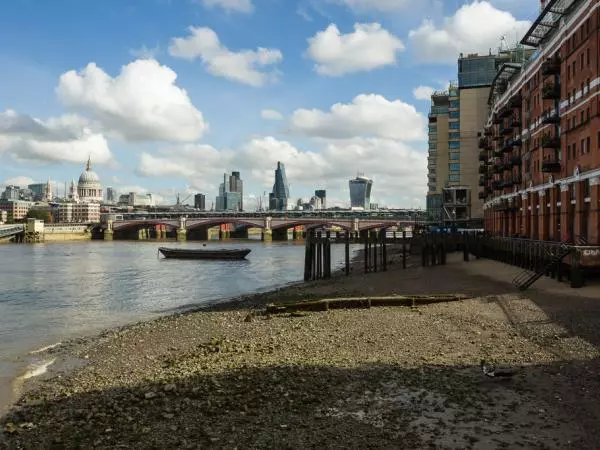After studying architecture and fine arts in Palermo (who do not attend because of the war), in 1945 he moved to Rome, hosted by his friend Consagra and Guttuso, where he began to paint; two years later, in the postwar cultural climate signed the manifesto of the group Forma 1 with Carla Accardi, Ugo Attardi, Pietro Consagra, Piero Dorazio, Mino Guerrini, Achille Perilli, Antonio Sanfilippo and Giulio Turcato. It is a temporary membership, "even making abstract paintings - Attardi remembered - my inspiration always started from visual real facts. It was an experience that I liked and that lasted a couple of years later, then he ran out. "
The first works of Ugo Attardi, start to be shown in various galleries of the capital, have drawn inspiration from abstract and neo-cubist. In 1948 he participates in the National Exhibition of Fine Arts (V National Art Quadrennial) of Rome.
The '50 are characterized by an intense exhibition, oriented towards expressionism, inspired by the work of George Grosz and Francis Bacon, the Berlin artists effervescent and tragic years of Weimar, supporting the activities of its political commitment to the artist ' inside of the Italian Communist Party.
He experienced a new and visionary art with reality leads him to move away from abstract, to study their own form of expressionism. In 1952 he was invited for the first time at the Venice Biennale (will be invited back in 54 'and 78'), then will exhibit in Prague, Moscow, Los Angeles, London, Paris and New York.In 1956. He founded with other artists the newspaper of politics and culture Open City. In the early sixties he is one of the promoters of the group The Pros and Cons, with Giaquinto, Guccione, Calabria, Farulli, Ajmonino, Del Guercio, Micacchi, Morosini. Stays in Spain, where think again on issues (freedom, the relationship with his power) intended to affect significantly its sculptural production.
In 1967, after participating in numerous events abroad (from Prague to Los Angeles), he made his first sculpture and three years after the full draft of the novel Heir wild (Premio Viareggio).
Attardi complete his artistic vision by get into his third dimension. Is 1967 the year when he began to sculpt. "Addio Che Guevara", his first sculpture is a low relief in wood dedicated to the hero of the Cuban Revolution. Followed works as " Cortes e là Bellezza dell'Occidente ".
Begins the first of the big sculptures, L’arrivo di Pizarro, which will end in 1971.
In 1976 at the Palazzo dei Diamanti in Ferrara held a major retrospective of his work. In '78 he is back to the Venice Biennale, and in 1983 the definitive consecration to the Centre Pompidou in Paris. For the bicentenary of the birth of Stendhal, he realizes drawings on track of Cronache italiane e Passeggiate romane. In '86, for the fortieth anniversary of the Italian Republic, he realizes the bronze bas-relief Per la Libertà, which is placed in the following year in front of the headquarters of the UIL in Rome in via Lucullo (1985-1989). The monumental activity intensifies and culminates in the complex Il Vascello della Rivoluzione, placed in 1989 at the Palazzo dello Sport in Rome. In these years, Atturi attend several personal exhibition: Nice, Rome (1985, Palazzo Barberini), Milan, London (1987), New York (1995) - and other group exhibitions. Notable is also the bronze sculpture Nelle Americhe (1990-1993), in the center of Buenos Aires, born in occasion of the fifth centenary of the discovery of America and l’Ulisse (1997, Battery Park City, New York).
In 2006, one of the works from the abstract becomes part of the permanent collection of GNAM Rome. A major retrospective at the Convento del Carmine in Marsala has documented his artistic career in 2012, starting from 1944.
www.antoninolavela.it
 Share / Save
Share / Save






Commenti 0
Inserisci commento